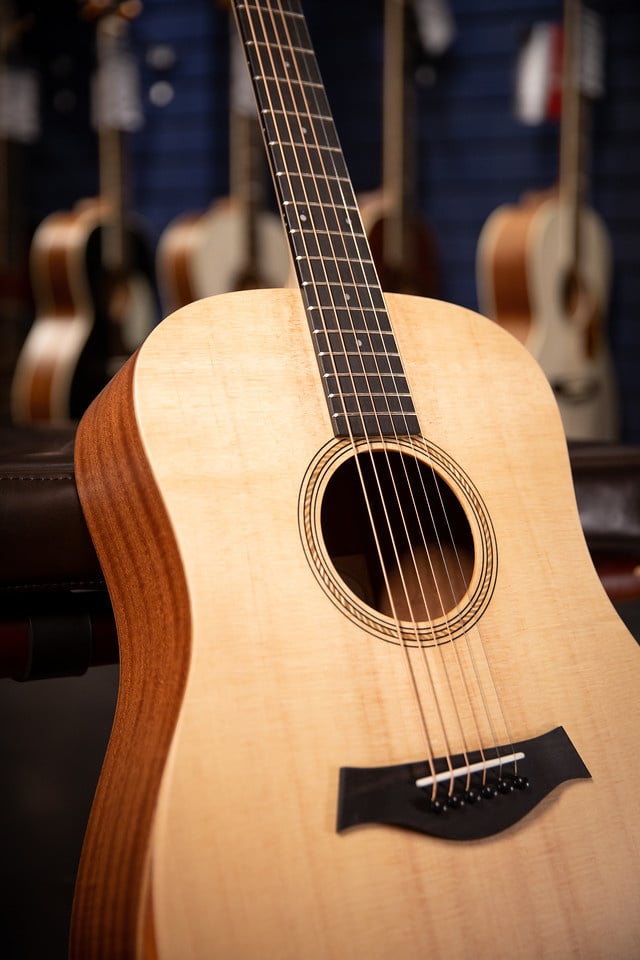Phosphor Bronze vs 80/20 Bronze Acoustic Guitar Strings
- Posted on
- By Stringjoy
- 0

Phosphor Bronze vs 80/20 Bronze Acoustic Guitar Strings
Today we’re talking about the different alloys that are available for acoustic guitar strings and what those mean for the sound and playability of your guitar.
So while there are a couple different alloys used in acoustic guitar strings—phosphor bronze, 80/20 bronze, monel, even just standard nickel-plated steel—really the two that are most often used—and I really mean like 98% or 99% of all sets seem to feature these two alloys—are phosphor bronze and 80/20 bronze, so those are the two that we’re really going to focus on today.
For us at Stringjoy those alloys can be found in our Naturals, which is our phosphor alloy, and our Brights, which is our 80/20 alloy.
80/20 Bronze Acoustic Strings
80/20 bronze—technically brass, but commonly known as 80/20 Bronze in guitar player parlance—was one of the most popular alloys throughout the middle of the 20th century before phosphor bronze was brought to market in the 70s.
This is a pretty simple alloy, it’s 80% copper and 20% zinc, it has a really bright, scooped sort of tone—I think it’s best known for its brightness. A lot of players find that it has quite a bit of bass as well. It doesn’t have quite as much midrange as phosphor bronze though, it’s a little bit more of a scooped sort of frequency response overall.
80/20 Bronze is probably the less popular of the two alloys these days, though a lot of players do still really like it. Really if you’re looking for a really, really bright and articulate sound, this is the composition for you.
The main drawback to 80/20 bronze has always been and probably always will be that it really just doesn’t last as long as phosphor bronze for some reasons that we’ll talk about here in a second.
80/20 bronze’s lifespan can vary on the player, but some players with very acidic sweat find that it only lasts for a couple days before it kind of wears out a little bit on them. Some players can get a lot more life out it, especially if they’re wiping their strings down, using a string conditioner, or anything like that, but in general 80/20 bronze in the same conditions is pretty much never going to outlast phosphor bronze.
Phosphor Bronze Acoustic Guitar Strings
Phosphor bronze, on the other hand, is a bit of a newer invention, not really new exactly, as it was back in the second half of the 20th century when we started to see phosphor bronze come into vogue. It seemed to pretty quickly supplant 80/20 bronze in popularity once it hit the market and players became aware of it.
Basically phosphor bronze is 92% copper—so a little bit more copper than 80/20 bronze—has about 8% tin and contains trace amounts of phosphorous, which is what makes it a little bit more corrosion resistant compared to 80/20 bronze.
Phosphor bronze is really known for having a balanced, rather warm response. It has a little bit more mid-range than you see in 80/20 bronze, it doesn’t have those really peaky, ice-picky highs, or that really, really strong bass either. It’s just kind of a nice flat, natural sort of sound—which is why we named ours Naturals!
In general, those are the big tonal differences that we see between phosphor bronze and 80/20 bronze, we don’t generally see that there’s a huge difference in playability, at least not that most players can really tell.
If you haven’t already, check out the video above to hear a sonic comparison of the two alloys.


Comments
Be the first to comment...